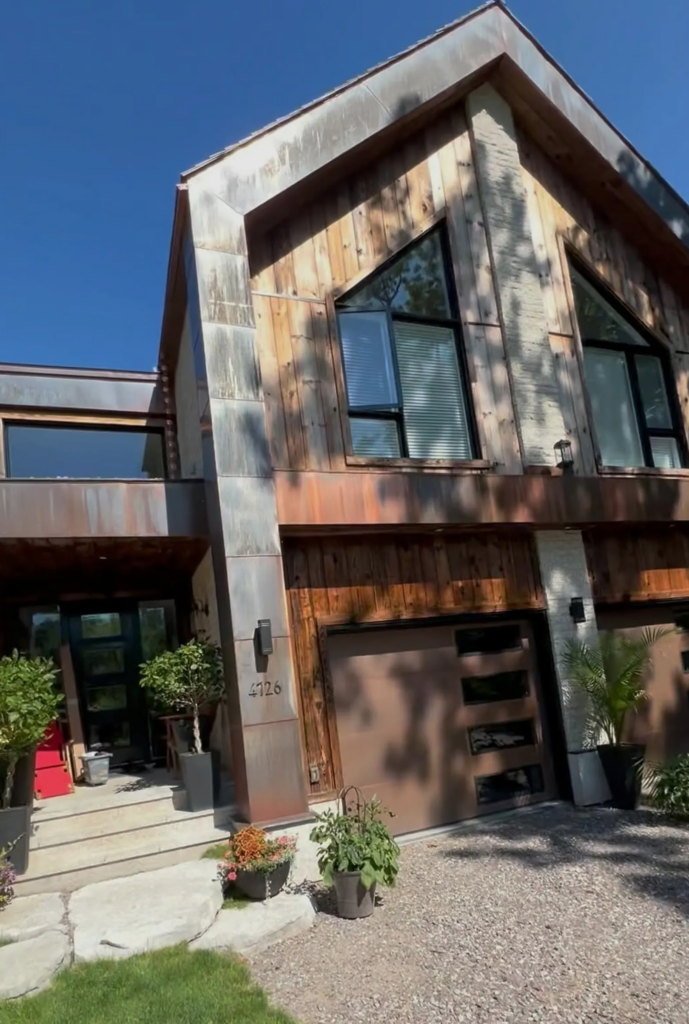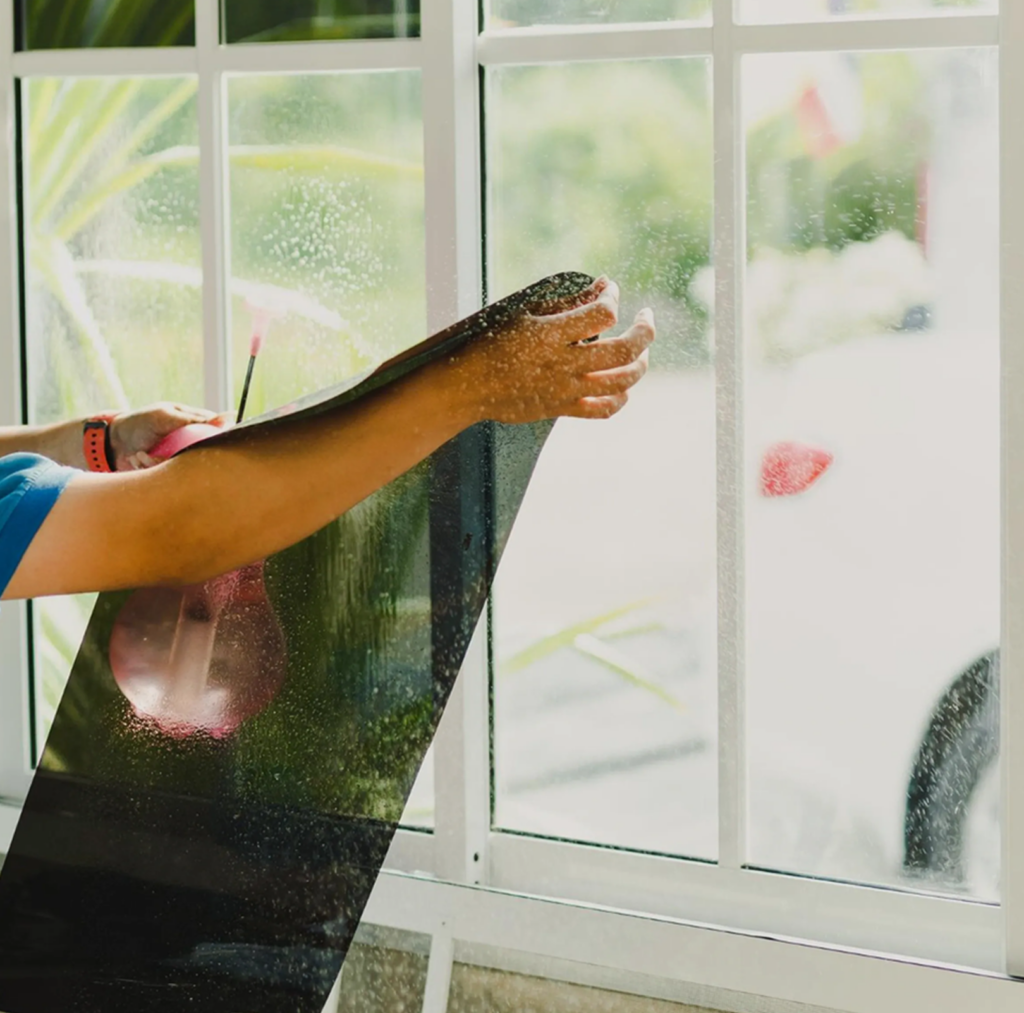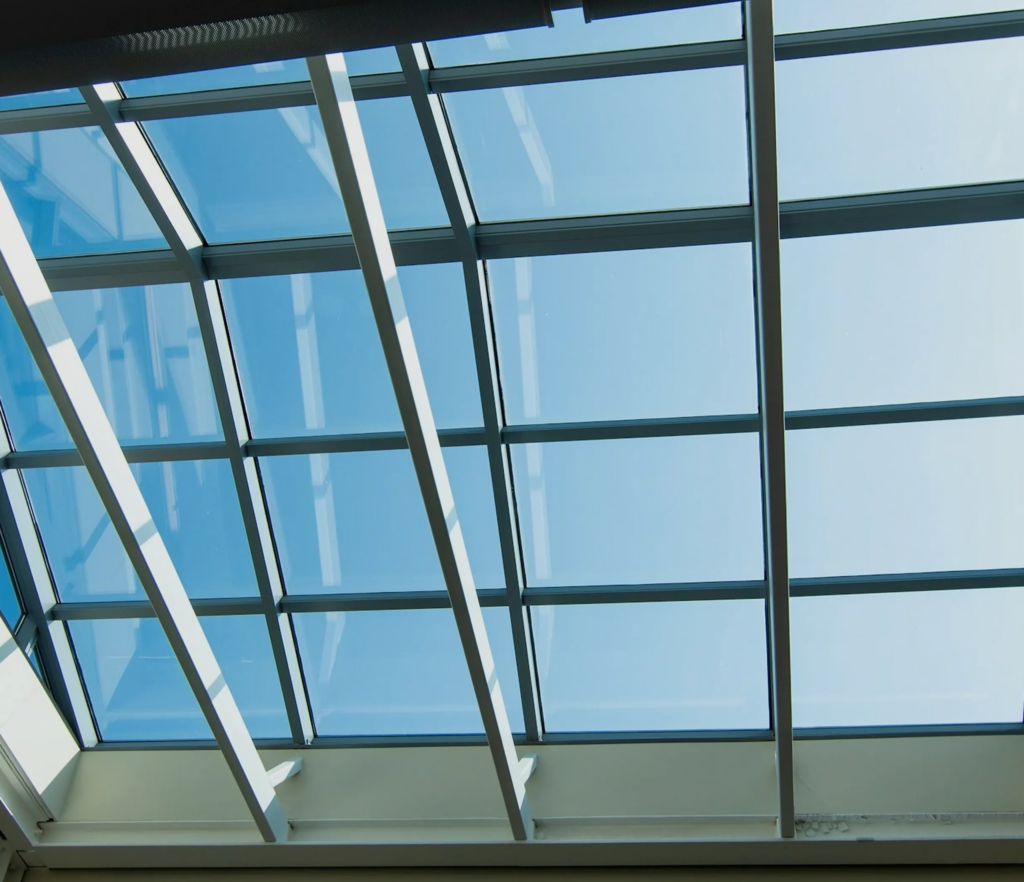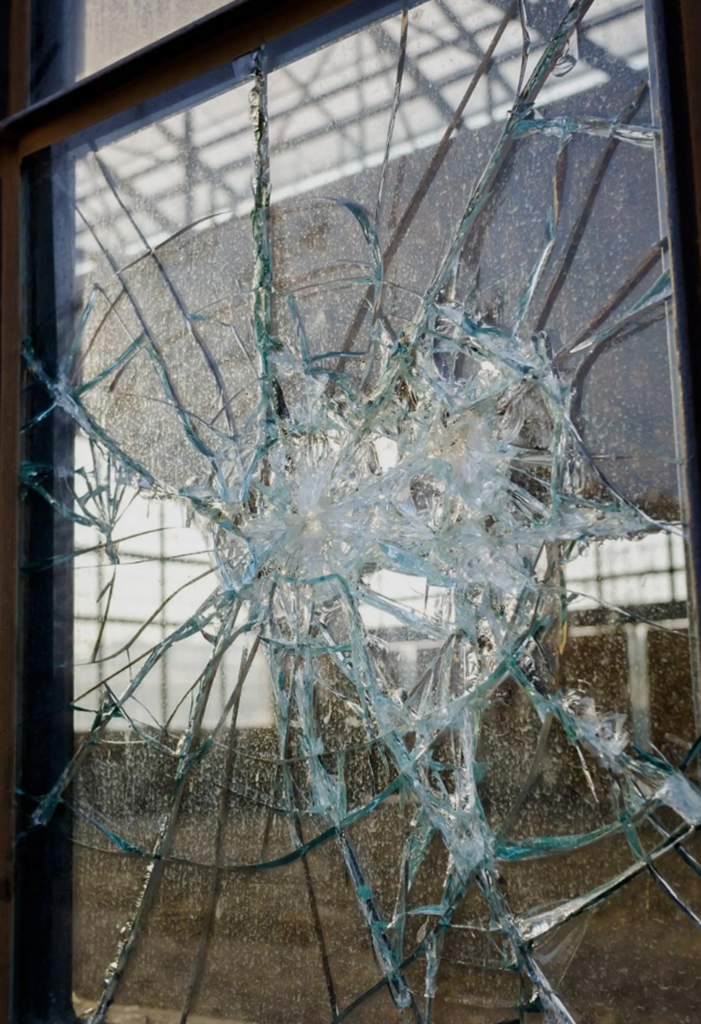
Reduces heating and cooling costs
Improves curb appeal by giving windows a sleek, uniform look
Upgrades old windows to perform more efficiently
Cheaper than replacement—no permits needed.
Enhances daytime privacy without sacrificing natural light
Reduces glare for a more comfortable indoor environment

Add privacy without losing natural light
Restore or refresh the appearance of your space with architectural films — all without a major expense
Create a unique look with patterned films
Blackout film options available for complete day and night privacy

Block harmful UV rays
Reduce heat gain
Lifetime warranty
Compatible with glass skylights
Preserve upholstery
Protect against the sun’s heat

Holds glass together upon impact and protects against dangerous shards.
Makes it significantly harder for intruders to break through windows.
Windows can still be broken from the inside for emergency exits.
Reduces the risk of break-ins with enhanced glass protection.
Commercial properties across San Diego, Encinitas, El Cajon, Riverside County, and throughout Southern California have greatly benefited from our security window films. For professional home window tinting, Prestige Window Films and Graphics is here to help.
The drying time of window film can vary depending on several factors, especially the time of year. Cold or cloudy weather conditions can significantly extend the drying process, while warm weather and direct sunlight exposure will help it dry more quickly. If drying seems slow, don’t be alarmed — any trapped moisture will eventually dry out completely.
In general, dry-out times can range from a few days to several months. Safety and security window films, which are thicker, typically require a longer drying period. Similarly, less-than-ideal weather conditions will also lengthen the time it takes for the film to fully cure.
During installation, your window tinting professional will remove as much of the mounting solution as possible with a squeegee. However, a small amount of moisture will remain trapped between the glass and the film. This can cause minor water puddles or a slightly hazy appearance, which is normal and should be expected. Over time, this moisture and cloudiness will dissipate on its own.
Important:
Do not attempt to pierce or drain water puddles during the drying period. Doing so can permanently damage the film and will void the warranty.
Many storefront and commercial windows have existing stickers, decals, burglar tape, or other items attached to the glass. Whether these items must be removed before applying window film depends on the situation.
If the decals or stickers are relatively flat and not raised significantly above the glass surface, it is possible to apply window film over them. However, be aware that the film will bond less effectively over the decal than directly to the glass, which can affect the overall appearance and durability. For stickers that are highly raised, removal is strongly recommended to ensure a smooth, professional finish.
Burglar tape and alarm contacts also present on windows must be handled carefully. Burglar tape, which is usually only slightly raised, can be covered with window film, although this may affect the installation's appearance.
Alarm contacts, however, must be removed prior to applying the film.
Important: the window film installer should not remove alarm contacts. It is the responsibility of the customer to coordinate with their security company to have the contacts professionally removed and reinstalled after window film application.
Most window films are applied to the inside surface of the glass. When sunlight strikes the window, four basic things happen:
By controlling how much solar energy is reflected, absorbed, and transmitted, window film helps reduce heat gain, minimize UV exposure, and improve energy efficiency — all while maintaining visibility and natural light.
Choosing the right window tint for your home requires careful consideration of your existing glass. Unlike auto glass, which is typically tempered for safety, not all home windows are tempered. Using the wrong type of window film could risk damaging your glass.
The best film for your home depends on several factors — including your goals for energy efficiency, privacy, UV protection, and aesthetics.
Contact us for a free quote!
We would love to guide you in selecting the perfect film that fits your needs and protects your home investment.
Window tint and privacy film can sometimes be the same product, but they serve slightly different purposes.
The best film for your needs depends on your specific goals.
Contact us for a free quote!
We would love to help guide you in choosing the ideal film for your home.
The best window film option will depend on your specific needs.
Contact us today for a free quote!
We would love to help guide you in choosing the perfect film for your home or building.
The type of window film you should use depends on the solution you're seeking.
The best choice for your home will also depend on the type of glass you have, as not all windows are designed to handle every film type safely.
Contact us today for a free quote! We’ll help you select the perfect window tint for your home based on your specific needs.
Below are key definitions to help you understand how to choose the best window film for your needs:
In San Diego, home window tinting is legal. However, automotive window tinting is subject to state regulations. For vehicles, you generally cannot tint your windshield, and the front side windows must allow a certain amount of light to pass through for visibility by law enforcement. The rear windows and back windshield can be tinted to any level without legal consequences. Be sure to adhere to the state's regulations to avoid fines or removal of the tint.
Yes, you can tint your house windows yourself. However, it’s important to use the correct type of window film for your glass. Installing the wrong film could damage your windows, especially if they have a low-E coating, causing it to fail prematurely or even resulting in thermal fractures. For the best results and to avoid costly mistakes, it’s recommended to consult a professional before attempting a DIY installation.
The best window tint is the one that is safe for your glass and effectively addresses your specific needs, whether it's improving daylighting, enhancing security, or reducing heat. There are various types of window films available, and the ideal choice depends on what issues you're looking to resolve in your home. Our professional recommendation is always to choose a film that aligns with both your glass type and your goals for energy efficiency, privacy, or protection.